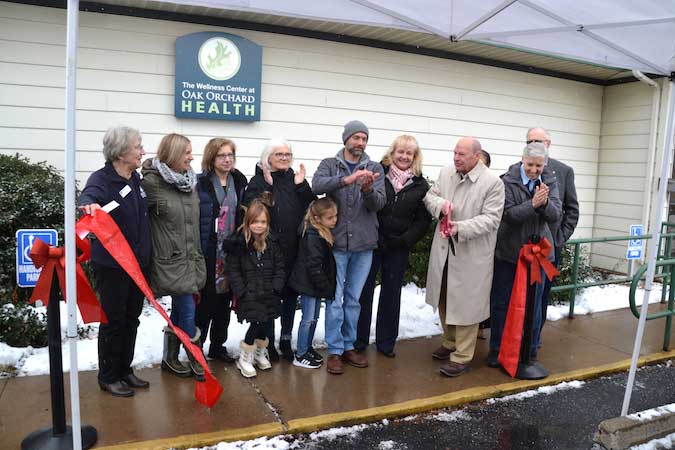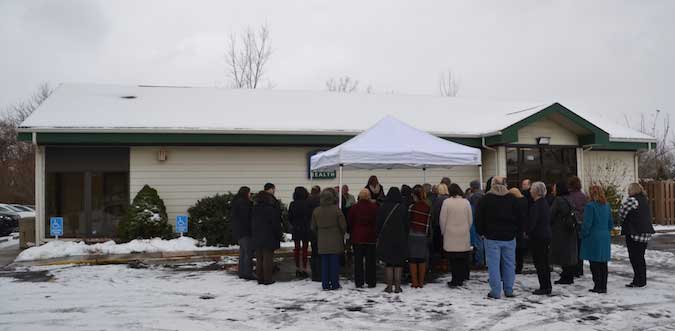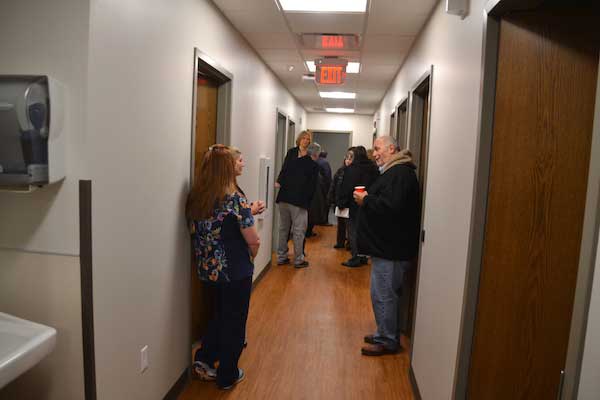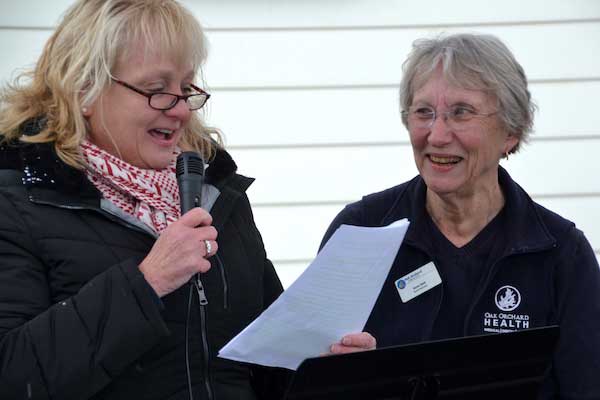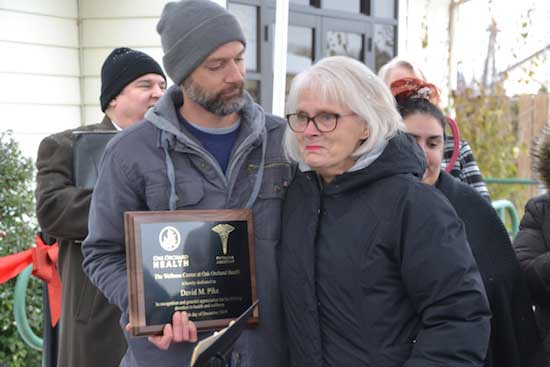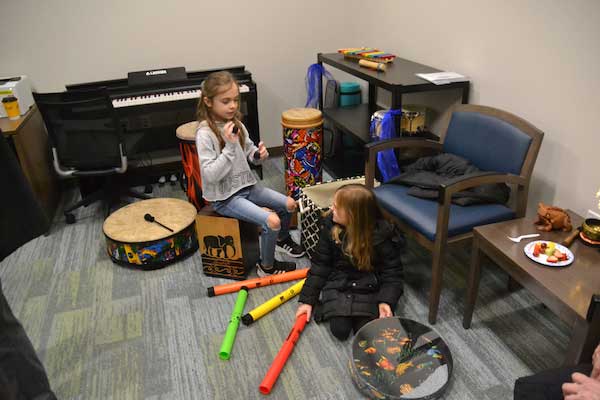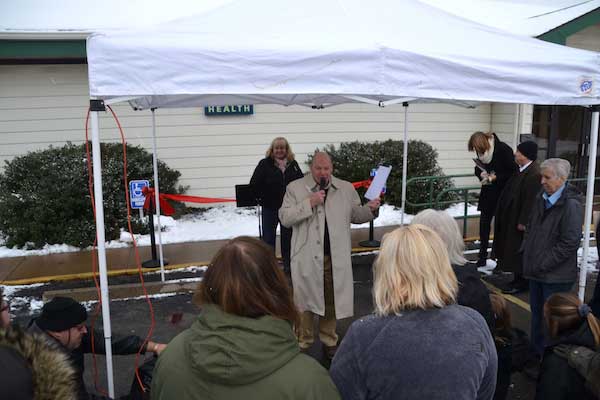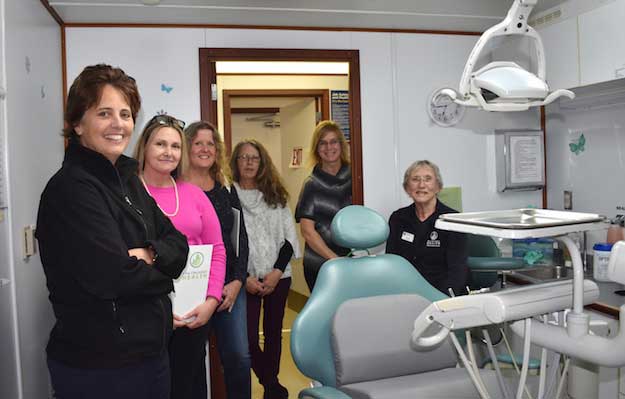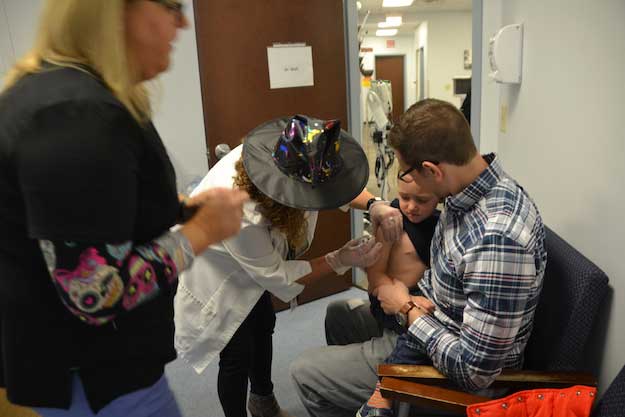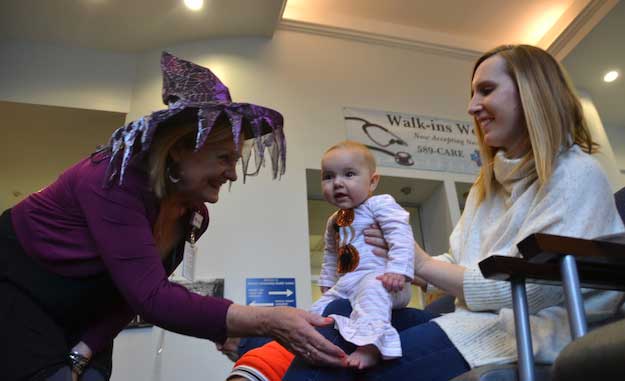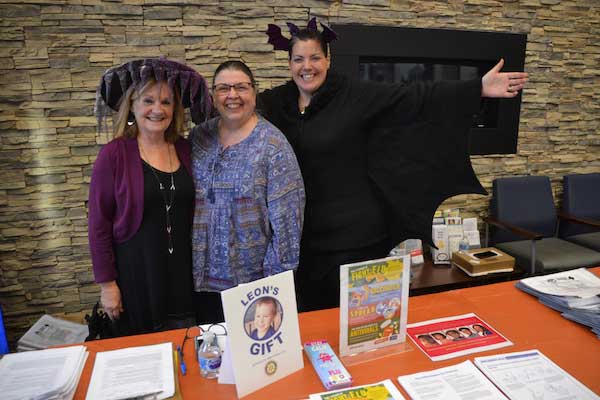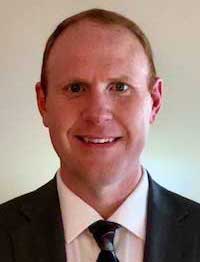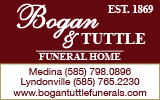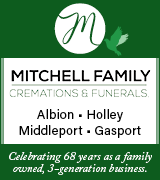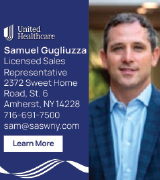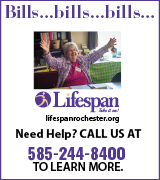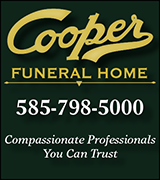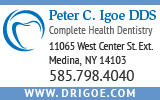NY sees opioid overdose drop last year, first decrease since 2009
Press Release, Gov. Andrew Cuomo
Governor Andrew M. Cuomo today announced that opioid overdose deaths among New York State residents, outside New York City, declined 15.9 percent in 2018 compared to 2017, the first decrease in 10 years.
While close to 2,000 people tragically died from opioid overdoses last year, the decrease remains a significant milestone and is the result of several aggressive actions taken the past several years to combat opioid addiction.
These actions are outlined in the new Heroin and Opioid Task Force Progress Report detailing three years of work and improvements to expand and enhance services aimed at combatting the opioid crisis. The Task Force recommendations were signed into law in 2016.
“New York’s first reduction in opioid overdose deaths in over ten years is an important milestone and demonstrates our work to combat this deadly scourge is working,” Governor Cuomo said. “And while New York has taken the most aggressive actions to combat the opioid crisis of any other state in the country, the opioid epidemic continues to devastate too many families and we will not rest until we put an end to it once and for all.”
After years of rising opioid-related overdoses deaths among New York State residents, 2018 finally saw a drop, from 2,170 deaths in 2017, to 1,824 deaths – a 15.9 percent decrease – according to preliminary State Health Department data covering areas outside New York City. Furthermore, hospitalizations for opioid related overdoses decreased 7.1 percent – from 3,260 in 2017 to 3,029 in 2018. Overdose deaths, hospitalization and other data are included in the most recent New York State County Opioid Quarterly Report, available here.
(Editor’s Note: In Orleans County the overdose deaths increased from 4 in 2017 to 6 in 2018, according the state data. The number of emergency room visits due to opioid overdoses increased from 36 in 2017 to 40 last year.
The state report also says the number of Orleans County residents admitted to certified chemical dependence programs for opioid addiction increased from 224 in 2017 to 234 in 2018.
The state also tracks how many times Naloxone is administered by EMS and law enforcement. Naloxone, also known as Narcan, helps stop an overdose. Naloxone was administered 48 times in 2017 by EMS in Orleans, and 30 times in 2018. Naloxone was administered 1 time by law enforcement in 2017 and 13 times in 2018, according to the state report.)
The progress announced today is the direct result of recommendations from the New York State Heroin and Opioid Task Force, which Governor Cuomo convened in 2016. The Governor reconvened the Task Force in his 2019 State of the State proposals. Co-Chaired by Lt. Governor Kathy Hochul and Office of Addiction Services and Supports (OASAS) Commissioner Arlene González-Sánchez, the Task Force proposed new, non-traditional services, including recovery centers, youth clubhouses, expanded peer services, Centers of Treatment Innovation, mobile treatment, telehealth and 24/7 open access centers, which provide immediate assessments and referrals to care. These services have since been established in numerous communities around the state and have helped people in need access care closer to where they live.



























